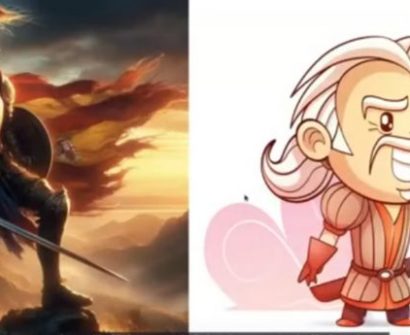Currently Empty: ₹0.00
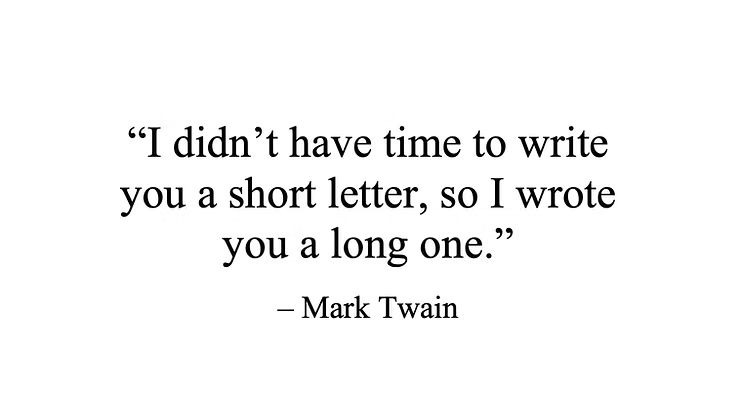
Join Karthik Raghavan in the first of Gifted World’s book corners! He shares three book series that have captivated, educated and enthralled him. If you would like to submit a recommendation for our next book corner, fill this google form: https://forms.gle/wBipseGwhvTv8ViQ6

The Bartimaeus Trilogy by Jonathan Stroud – Recommended for Readers 10+
Why do I love this series? Let me count the ways:
- Bartimaeus is simply adorable! His tangential self-aggrandizing digressions, presented as footnotes, are hilarious and endearing.
- The power dynamics between various classes of humans and magical creatures showcase the mechanisms of oppression that have recurred throughout history.
- The series avoids the clear-cut Good versus Evil trope common in high fantasy. Instead, it presents a muddy, messy, and complicated set of character arcs that are all the more relatable.
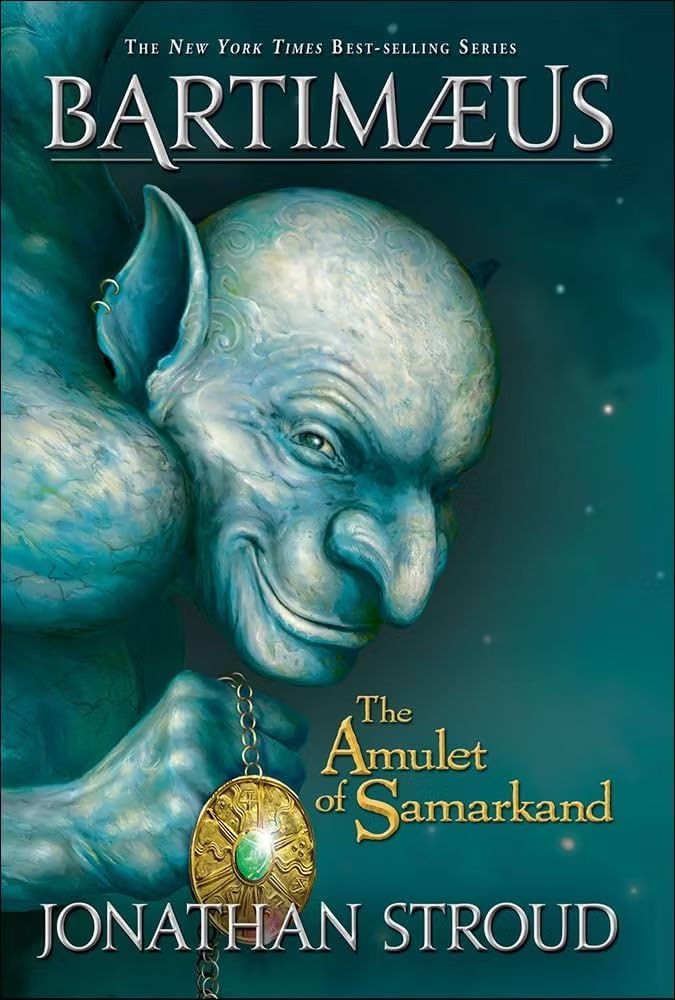
The Dune Trilogy (Dune, Dune Messiah, Children of Dune) by Frank Herbert – Recommended for Readers 13+
Book 3 returns to being an edge-of-the-seat thriller with lots of action and lots of Worms (yay!). It also explores the idea of the future of humanity in much greater depth.
It is very rare to find a book that has silky smooth writing, an excellent plot, rich characters with unique voices, and more than a dash of philosophical thoughts. Here we have a whole set. Frank Herbert wrote six, but the first three are a fairly self-contained trilogy. Once again, strongly recommended.
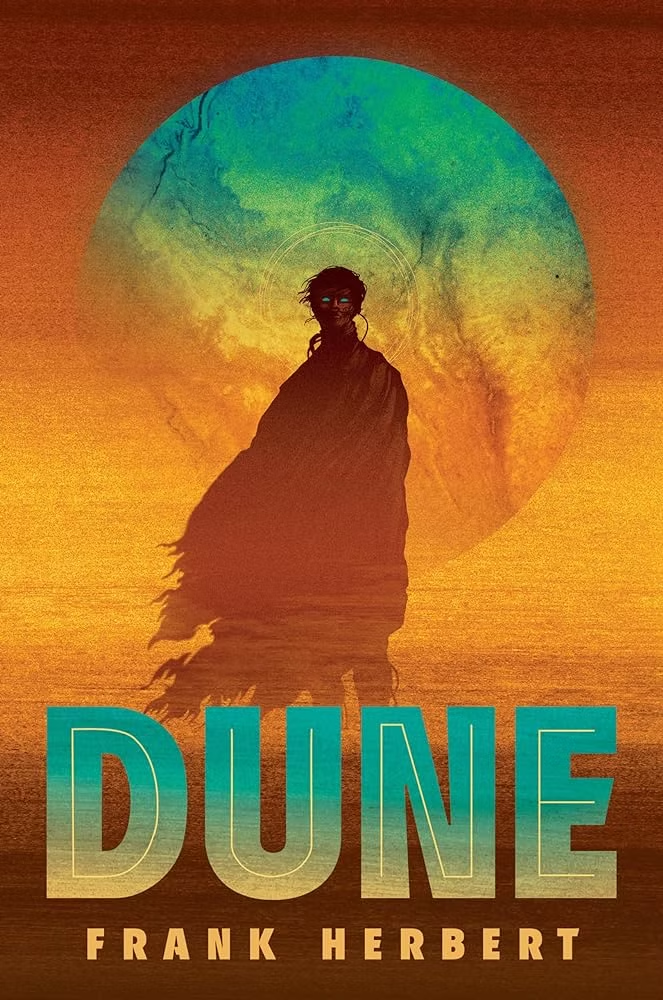
The Deccan History Arc: Lords of the Deccan by Anirudh Kanisetti, Rebel Sultans by Manu S. Pillai, Modern South India by Rajmohan Gandhi – For Readers 12+
In school, history was often overshadowed by maths or physics. Even when we did do history, all I remember were the ancient civilizations -> Guptas and Mauryas -> Mughals -> British. At some point, I realized that the South Indian/Deccan kingdoms also have a fascinating backstory that I knew next to nothing about. These three books helped give a wonderful overview. All three books read like a novel and bring out intrigue and action behind various historic events. More than just a chronicle of events, they try to immerse us in the cultural, political, social, and economic world of these bygone eras. At the same time, they also cite sources and feel pretty well researched.
Lords of the Deccan: Southern India from Chalukyas to Cholas starts off the story by giving us a tour of the 6th to 12th century Deccan. Why the terrain was very tough and how some nomadic tribes slowly settled down and grew to become empires. The Early Chalukyas, Rashtrakutas, the Later Chalukyas, and the Cholas are all covered. I’ve loved visiting temples since I was a kid and one of the things I enjoyed about this book was how it chronicles the origin of stone temples. The book also highlights the nuanced interplay between politics and religion (did you think this was new?) and how kings and kingdoms manufactured connections to heroes of the past to inherit their aura (did you think this was new?) I also enjoyed the literary references. It was a surprising thing to realize that humans from the “medieval” age were sophisticated, cosmopolitan, erudite, and even wrote satire!
Rebel Sultans: The Deccan from Khilji to Shivaji gives a broad overview of stuff that happened in the 13th to the 17th century. It starts with the Turkish, Khilji and Tughlaq. It moves on to describe what motivated the Bahamani Sultante to form and then break up into the Deccan Sultanates of Ahmadnagar, Bijapur, Bidar, Berar, and Golconda. Also described is the Vijayanagar Empire and its interplay with the Deccan Sultanates, and the rise of Shivaji and the Maratha Empire. Mughals feature not as the centerpiece as in most history texts, but as antagonists to the characters in the story. I loved the title of this book because it captures the theme underlying a lot of these vast changes: royals running out of headroom to grow, then expanding outwards, and at some point staking a claim for independence.
Modern South India: A History from the 17th Century to Our Times picks up fairly close to where Rebel Sultans left us and describes south India from around the time of Colonization. The arrival of the English, Dutch, Portuguese, French and their “settling down”, leading eventually to the independence movement with a special focus on the role of the South Indian states in all of this. The book then talks about major events post independece such as how the states were organized, the policital developments such as the emergence of the Dravidan movement, and movies, of course! It ends with a survey of current times.
All the books are eminently readable and accessible, and were proper page turners. They gave me a great overview into the rich heritage I live amidst. The most curious of all: these books also gave me the travel bug. After reading these, in the last couple of years we have taken road trips to Pattadakal-Aihole-Badami (Chalukyas), Belur and Halebid (Hoysalas), Hampi (Vijayanagara), Thanjavur++ (Cholas), and Hyderabad (Qutb Shahs). Ajanta and Ellora are next up. There are just too many photos and anecdotes from these trips, but they do not do justice to the breathtaking wonder of each of these places. The books added so much to the trips, too. Thanks to these books, we had memories of standing on top of Golconda and recollecting the likely-true-and-very-poignant story of how the fort fell and the ruler invited the invaders to breakfast, of trying to figure out how long a ramp might have been needed to build the Brihadeeshwara temple, of knowing the backstory behind the popular “vatapi ganapatim”, and many more.
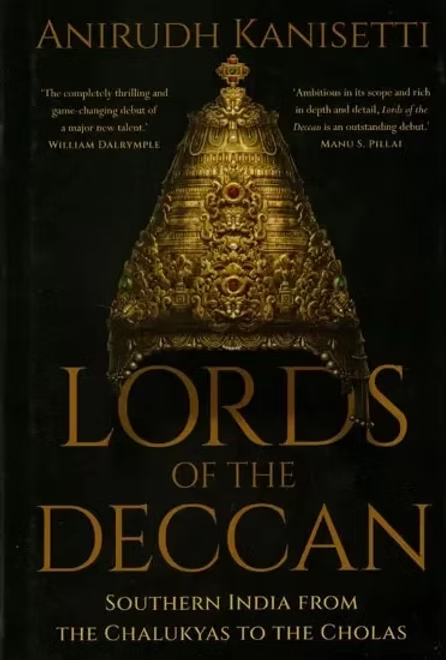
The only pics I want to leave you all with is from a congregation hall in Hyderabad called the Badshahi Ashurkhana. Apparently this was the second building built in Hyderabad after the Char Minar. You can see a whole wall of the breathtakingly glorious mosaic tile decoration from really up close. I’m not aware of any other place in India that is like this. It’s a wonder that this is even exists, given the several horrible events that have happened to this building in the last 400 years such as being converted to a horse stable by Aurangazeb, getting damaged in floods, and becoming a car parking area (!). We would’ve never known about gems like these but for what these books kindled.
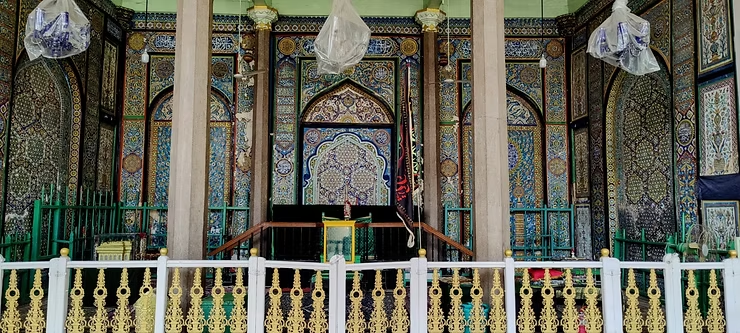
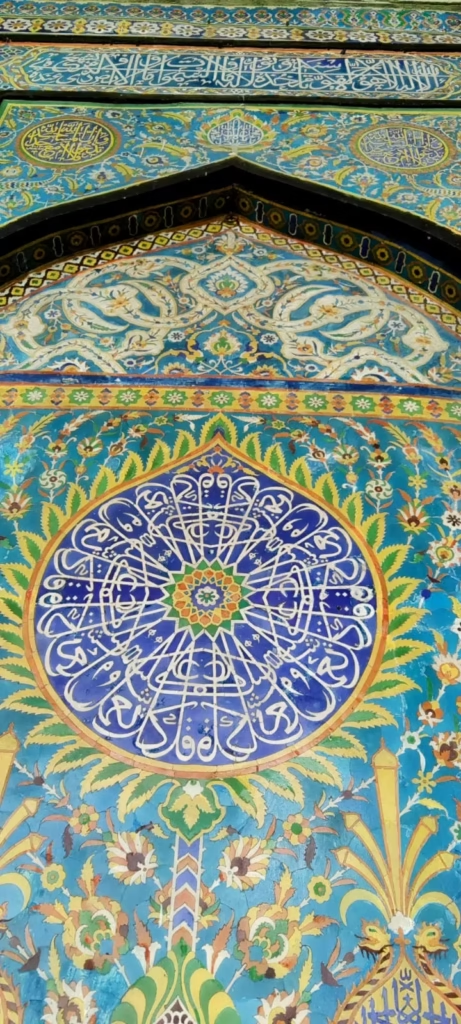
Let us know in the comments if you have read any of these books! And if you have some book recommendations, share it with us by filling this form: https://forms.gle/wBipseGwhvTv8ViQ6




